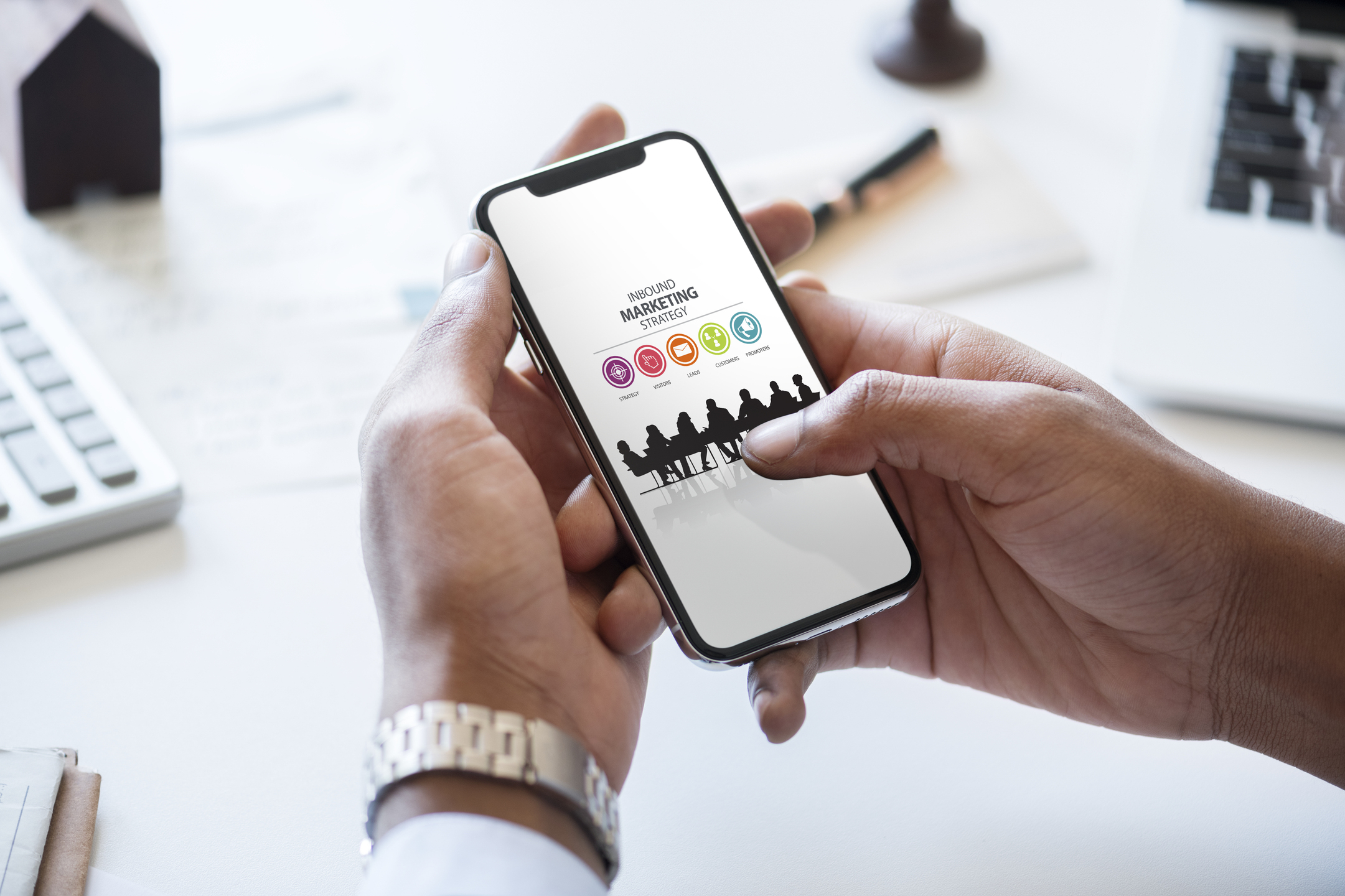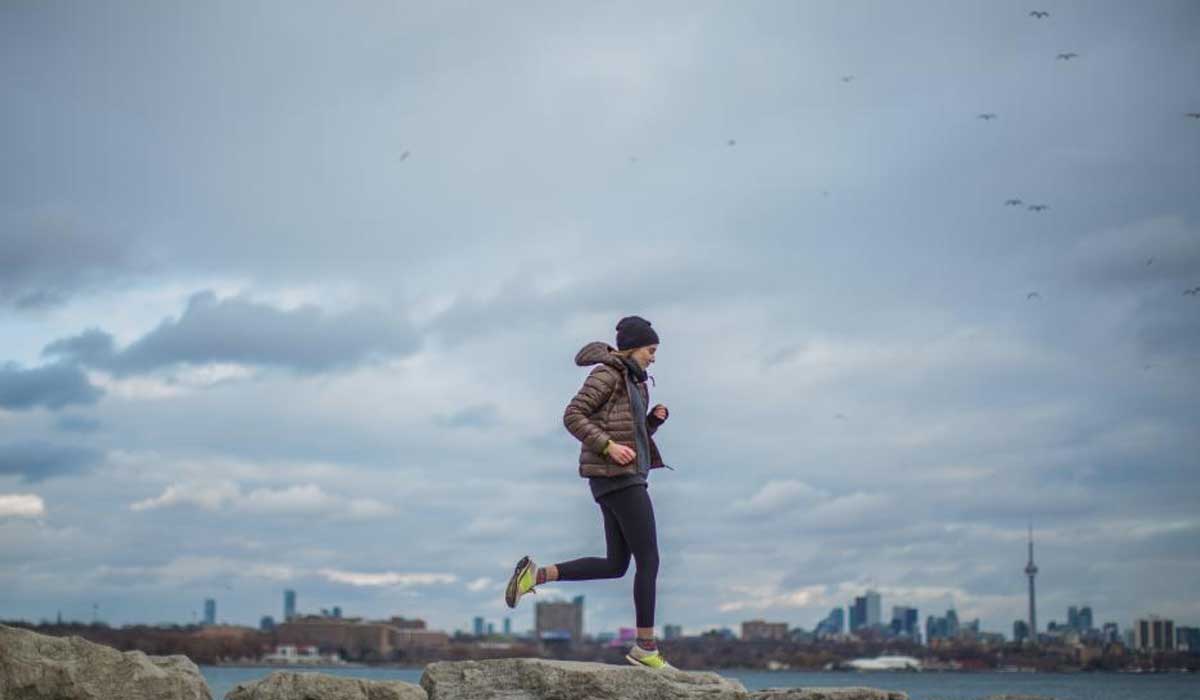
Harold Chugg spent much of early 2023 in a hospital bed because of worsening heart failure. During his most recent admission in June, the 75-year-old received several blood transfusions, which led to fluid accumulating in his lungs and tissues.
Ordinarily, he would have remained in hospital for further days or weeks while the medical team got his fluid retention under control. But Harold was offered an alternative: admission to a virtual ward where he would be closely monitored in the comfort of his own home.
Armed with a computer tablet, a Bluetooth-enabled blood pressure cuff and weighing scales, Harold returned to his farm near Chulmleigh in north Devon and logged his own symptoms and measurements daily, which were reviewed by a specialist nurse in another part of the county.
“It allowed them to release my bed for another patient who needed it more than I did, and avoided me doing a lot of travelling for voluntary monitoring,” Chugg said. He was discharged six weeks later and his condition has remained relatively stable ever since.
Welcome to what NHS England believes could become a mainstay of treatment for brief but severe episodes of illness in the coming decade. Virtual wards provide hospital-level care in people’s homes through the use of apps, wearables and daily “virtual ward rounds” by medical staff, who review patient data and follow up with telephone calls or home visits where necessary.
More than 10,000 such beds are already available across England and at least a further 15,000 are planned. Scotland, Wales and Northern Ireland are also funding their expansion.
But while proponents claim patients in virtual wards recover at the same rate or faster than those treated in hospital, and that the wards’ provision can help cut waiting lists and costs, some worry that their rapid expansion could place additional strain on patients and caregivers while distracting from the need to invest in emergency care.
“Virtual wards, if they deliver hospital-level processes of care, are just one part of the solution, not a panacea,” said Dr Tim Cooksley, a recent ex-president of the Society for Acute Medicine.
The first virtual ward was piloted in Croydon, south London, in 2005. A computer model identified which patients were at greatest risk of emergency hospital admission in the coming year and a dedicated team of nurses, pharmacists and physiotherapists targeted them with interventions to avoid crises and keep them at home.
“Hospital wards are quite a clever invention,” said Dr Geraint Lewis, who led the Croydon pilot and is now director of population health at Microsoft. “Crucially, you have these daily routines of ward rounds, board rounds, drug rounds and observation rounds, and then this central hub called the nurses’ station where the different members of a multidisciplinary team discuss the patients together.
“What a virtual ward does is to recreate these structures, staffing and daily routines, with the crucial difference being that the patient is at home.”
The scheme inspired similar interventions in the UK and abroad. However, it wasn’t until the Covid-19 pandemic that virtual wards really took off.
Lewis said: “During the pandemic there was this pressure to try to keep patients out of hospital if at all possible, while the advent of technologies like Teams and Zoom opened people’s minds to how you could use technology to bridge the gap between clinicians and patients, without them physically needing to be in hospital.”
Hospitals began sending some Covid patients home with pulse oximeters and data-logging apps to remotely monitor their oxygen levels. The approach has since spread to other areas of medicine and is increasingly being used to facilitate earlier discharges, as well as to prevent patients from being admitted in the first place.
Other remote monitoring equipment is also being developed, including at-home electrocardiograms to monitor heart activity, USB stethoscopes that enable doctors to listen remotely to patients’ hearts or abdominal noises, and even remote blood tests.
Royal Devon NHS trust is currently caring for about 37 patients in virtual beds, with conditions ranging from pneumonia to bacterial skin infections and kidney disease. “Each and every one of those patients would ordinarily be in a [hospital] bed, which is a significant percentage of our beds for people who are acutely unwell,” said the trust’s chief medical officer, Dr Adrian Harris.
“I truly believe we’re standing at a bit of an inflection point within the NHS and that we will see more and more people being cared for virtually, through wearables and their integration with comprehensive electronic patient records, as well as a wider scope of patients who can be admitted into virtual wards.”
Royal Devon is not the only trust embracing the technology, but Devon’s large elderly population and predominantly rural setting have hastened its adoption because the pressure on hospital beds there is so intense and some patients must travel long distances to attend outpatient appointments.
Poppy Brooks, a heart failure specialist nurse, has a list of virtual ward patients, colour-coded according to the urgency with which they should be assessed and contacted.
With up to 30 patients on the ward at any one time, these daily assessments still take a specialist nurse several hours. But Brooks and her colleague Angie Tithecott believe that caring for certain heart failure patients in this way is more efficient.
Tithecott said: “Historically, patients would be reviewed in an outpatient setting every six weeks, to optimise medications that help them live longer and improve their quality of life.” Typically, this would have taken six to 12 months, assuming they didn’t deteriorate in the meantime, “but because of waiting times, which are growing because of increased demand, it has taken longer to get them into an optimal condition.”
As well as improving their health, remote monitoring is also helping to free up clinic time and reduce waiting lists. “It means that both models of care are improving,” Tithecott said.
Some experts are worried that the rush to switch to virtual beds is too rapid and could distract from more urgent issues within the NHS. Cooksley said: “The fundamental problem remains that demand has exceeded healthcare capacity in all settings for a significant period.”
Dr David Oliver, a consultant in geriatrics and acute general medicine at the Royal Berkshire NHS foundation trust, believes money being spent on expanding virtual ward provision might be better spent on existing community services to support the return home of patients who no longer need to be in hospital but have complex care needs.
A study published in BMJ Open last week, which assessed 318 virtual ward patients with a range of conditions at Wrightington, Wigan and Leigh teaching hospitals NHS trust, suggested that while their initial hospital stay was shorter, they also experienced higher rates of readmission, which ultimately led to additional costs.
None of this means virtual wards are necessarily a bad thing. “What the evidence says is that if you do it for the right people, it is as effective as being in a hospital bed, and people like it,” Oliver said. “It also reduces the risk of exposure to hospital complications and deconditioning, and there are very good staff working in them.
“However, there’s not really evidence at any kind of scale that they’re going to relieve the pressures on acute hospitals or are a magic bullet for the much wider system problems.”
EMEA Tribune is not involved in this news article, it is taken from our partners and or from the News Agencies. Copyright and Credit go to the News Agencies, email [email protected] Follow our WhatsApp verified Channel









